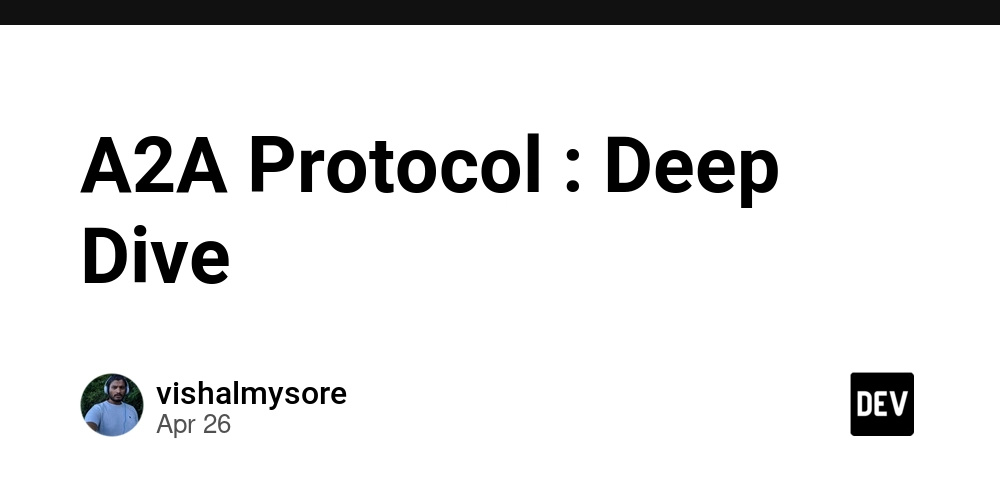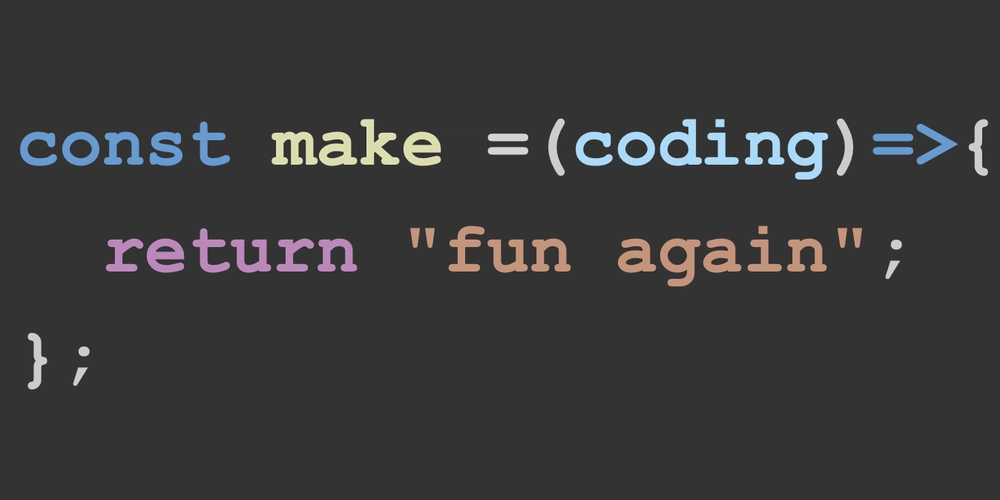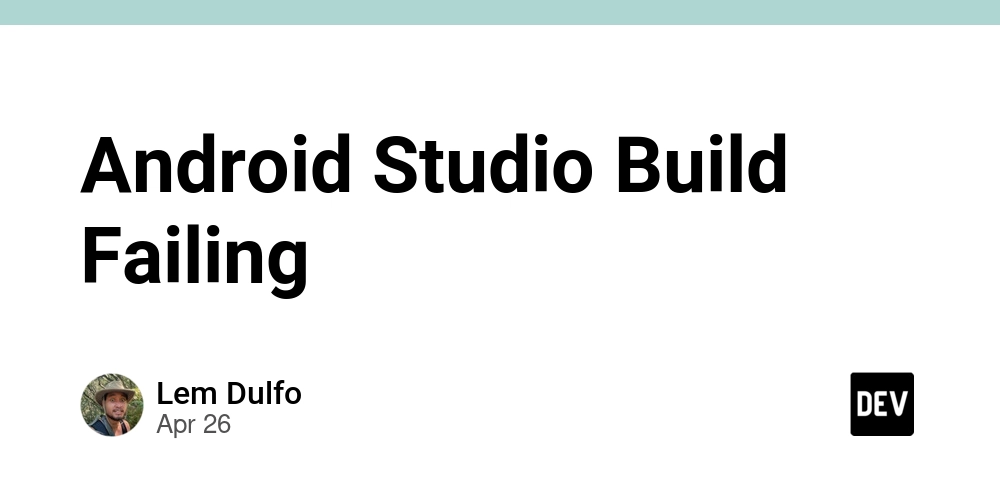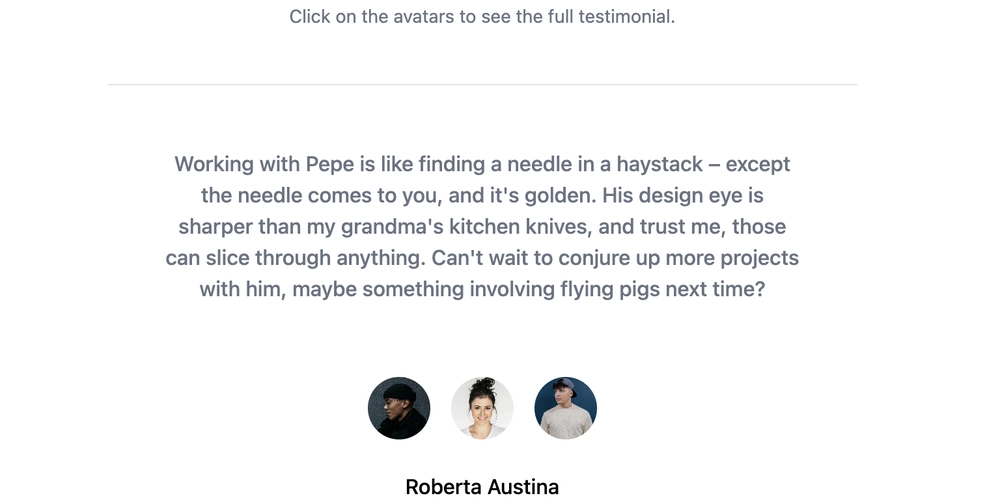
Is Text Truncation Ruining Your App's User Experience? Avoid These Mistakes
Imagine being lost because a signpost's words are cut off. That's what happens when text truncation is poorly implemented in apps. Vital information becomes inaccessible, creating frustration and usability issues. This article dives into the problems of text truncation and provides actionable solutions to avoid accessibility pitfalls.
The Silent Killer: Why "Ellipsis Truncation" Hurts Usability
Many Android apps use ellipsis to indicate truncated text, offering no way to reveal the hidden content. This is far from ideal. For example, app names in settings get cut off with large font sizes, leaving users guessing.
- Cognitive Load: Users struggle to decipher abbreviated text, increasing mental effort. This is especially true when users have situational stress or haven’t used the app recently.
- Accessibility nightmare: Users relying on larger fonts or smaller display sizes are disproportionately affected by hidden text. This can render apps unusable, violating accessibility principles.
Text in apps informs and gives context – it shouldn't become a guessing game. Bad truncation hides critical context in places like bottom navigation bars and button labels. This raises the simple question: What happens if I tap here?
Material Design 3 on Truncation: Accessibility First
Google's Material Design 3 explicitly addresses text truncation in its accessibility guidelines. It states that all information must be available, even if the text can't fully fit. According to Material Design, "If there's an ellipsis, but no way to show the truncated text, it is not accessible." This echoes the urgent need to implement more accessible text display methods. Are you falling short?
Solving the Truncation Puzzle: Practical Solutions
So, how can we address the issue of text truncation effectively? There are several paths to providing users with full text and accessible options.
1. The Ideal Route: Don't Truncate in the First Place
Whenever possible, avoid truncation entirely. Embrace responsive UI designs that allow text to flow freely without being cut-off. This simple change prevents information loss and caters to different screen sizes and font preferences.
Sometimes, the simple thing to do is best.
2. The "Expand" Button: Reveal the Full Story
In cases where space is truly limited, implement an "Expand" button. This will present the complete text in a modal or an expanded view. This user-triggered reveal ensures all information remains accessible without clutter.
3. "basicMarquee" (with Accessibility Tweaks): A Scrolling Solution
The basicMarquee modifier offers a scrolling effect for overflowing text. However, it often ignores "Reduce Animations" settings, causing issues for users sensitive to motion. Ensure accessibility by implementing custom solutions that respect user preferences. For example, implement reduced motion.
Truncation Methods to Avoid at All Costs
Here are a couple of solutions to avoid at all costs:
- Ignoring the Problem: Doing nothing is not an option. User experience matters, and accessibility should always be a priority.
- Disabling Font Scaling: Preventing font scaling severely hinders accessibility. Users rely on larger fonts for readability, and disabling this feature can make your app unusable, for example, users experiencing vision loss.
Overcome Text Truncation: Accessible Apps for Everyone
Text truncation, improperly handled, creates usability and accessibility barriers. By prioritizing responsive design, employing "Expand" options, and cautiously using scrolling text with accessibility considerations, you can ensure that all users have access to the information they need. Have you encountered text truncation issues in your app?























